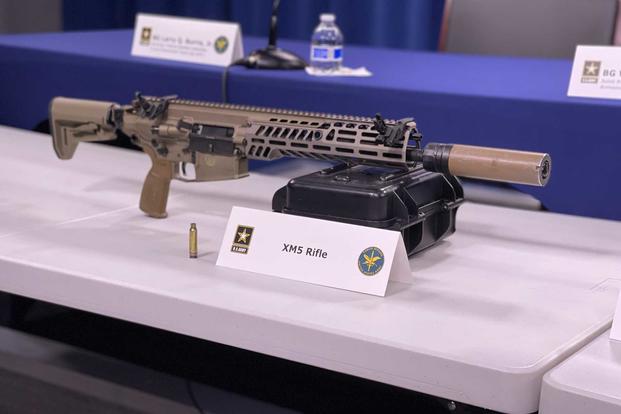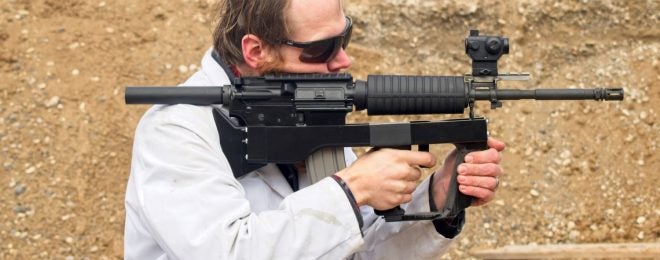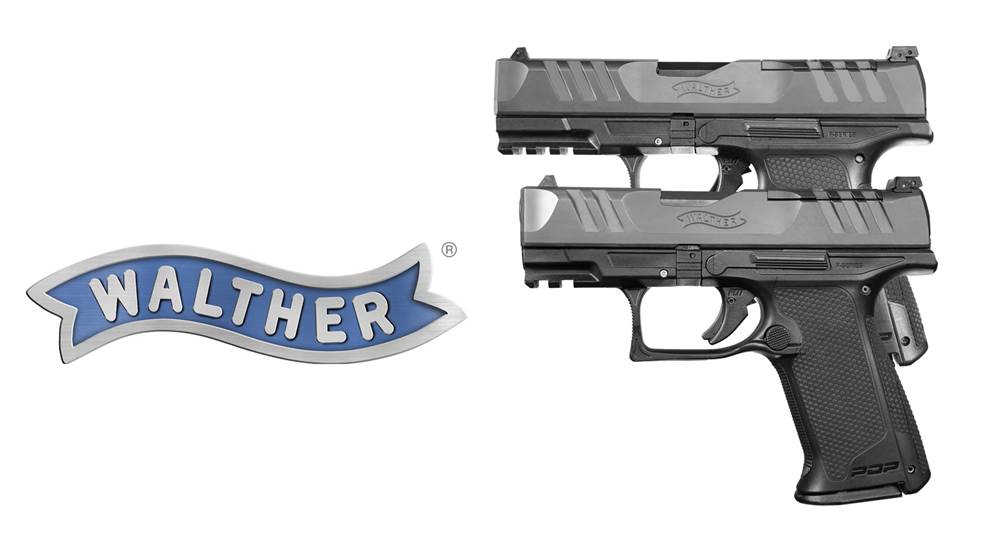There’s an old joke:
Want a 5.56 NATO chamber? Fire 1000 rounds through your .223.
Nowadays, it’s less expensive to just have the throat reamed.
.223 Remington vs. 5.56 NATO: What You Don’t Know Could Hurt You
Is firing a 5.56 NATO cartridge in your .223 Remington chambered AR15 dangerous? Or do Internet forum-ninjas and ammunition companies selling you commercial ammo instead of surplus overstate the dangers? Believe it or not, a real danger exists, and some gun owners who think they are doing the right thing may not be safe.
The Cartridges
The .223 Remington and 5.56×45 NATO cartridges are very similar, and externally appear the same. But there are some differences that lie beneath the surface.
The 5.56 case has thicker walls to handle higher pressures, meaning the interior volume of the case is smaller than that of a .223. This will alter the loading data used when reloading 5.56 brass to .223 specs.
Some 5.56 loads have a slightly longer overall length than commercial .223 loads.
The Chambers
The significant difference between the .223 Rem and 5.56 NATO lies in the rifles, rather than the cartridges themselves. Both the .223 and 5.56 rounds will chamber in rifles designed for either cartridge, but the critical component, leade, will be different in each rifle.
The leade is the area of the barrel in front of the chamber prior to where the rifling begins. This is where the loaded bullet is located when a cartridge is chambered. The leade is frequently called the “throat.”
On a .223 Remington spec rifle, the leade will be 0.085”. This is the standard described by the Sporting Arms and Ammunition Manufacturers’ Institute, Inc. (SAAMI). The leade in a 5.56 NATO spec rifle is 0.162”, or almost double the leade of the .223 rifle.
A shorter leade in a SAAMI spec rifle creates a situation where the bullet in a 5.56 NATO round, when chambered, can contact the rifling prior to being fired. By having contact with the rifling prematurely (at the moment of firing), chamber pressure can be dramatically increased, creating the danger of a ruptured case or other cartridge/gun failure.
The reverse situation, a .223 Rem round in a 5.56 NATO gun, isn’t dangerous. The leade is longer, so a slight loss in velocity and accuracy may be experienced, but there is not a danger of increased pressures and subsequent catastrophic failure.
How serious is the danger of firing 5.56 ammo in .223 guns? Dangerous enough that the SAAMI lists 5.56 military ammo as being not for use in .223 firearms in the technical data sheet titled “Unsafe Firearm-Ammunition Combinations.”
ATK, the parent company of ammunition manufacturers Federal Cartridge Company and Speer, published a bulletin entitled “The Difference Between 223 Rem and 5.56 Military Cartridges.” In this bulletin, ATK stated using 5.56 ammo in a .223 rifle could result in “…primer pocket gas leaks, blown cartridge case heads, and gun functioning issues.”
However, the danger may be lower than SAAMI or ATK suggest. In Technical Note #74 from ArmaLite, the company states “millions of rounds of NATO ammunition have been fired safely in Eagle Arms and ArmaLite’s® SAAMI chambers over the past 22 years,” and they have not had any catastrophic failures.
According to ArmaLite:
“Occasionally a non-standard round (of generally imported) ammunition will fit too tightly in the leade, and resistance to early bullet movement can cause elevated chamber pressures. These pressures are revealed by overly flattened primers or by powder stains around the primer that reveal leaking gasses.”
What Do You Have?
So, if you own a rifle chambered for the .223 for 5.56, do you know for which caliber it is really chambered?
Many match rifles are chambered in .223 Remington (SAAMI specs) for tighter tolerances, and theoretically better accuracy.
Many of the AR-15’s currently sold on the market are made for the 5.56 NATO cartridge. If you own one of these, you should be fine with any .223 or 5.56 ammunition.
However, ATK dropped this bomb in the bulletin on the .223/5.56:
“It is our understanding that commercially available AR15’s and M16’s – although some are stamped 5.56 Rem on the receiver – are manufactured with .223 chambers.”
So, even if your AR is stamped 5.56, is it really? Check your owner’s manual or call the company directly and make sure you get an answer you feel comfortable with.
As if the confusion regarding the .223 vs 5.56 chambers wasn’t enough, there is a third possibility in the mix, that is being used by at least one major manufacturer. The .223 Wylde chamber is a modified SAAMI-spec .223 chamber that allows for the safe use of 5.56 NATO rounds, but maintains tighter tolerances for better accuracy.
Yeah, yeah… What’s the bottom line?
Here’s the bottom line. If you want to follow the safest possible course, always shoot .223 Remington ammunition. The .223 Rem cartridge will safely shoot in any rifle chambered for the .223 or 5.56.
If you want to shoot 5.56 NATO rounds, make sure you have a rifle designed for the 5.56 military cartridge. Shooting 5.56 in a normal .223 Rem rifle can result in bad things.







